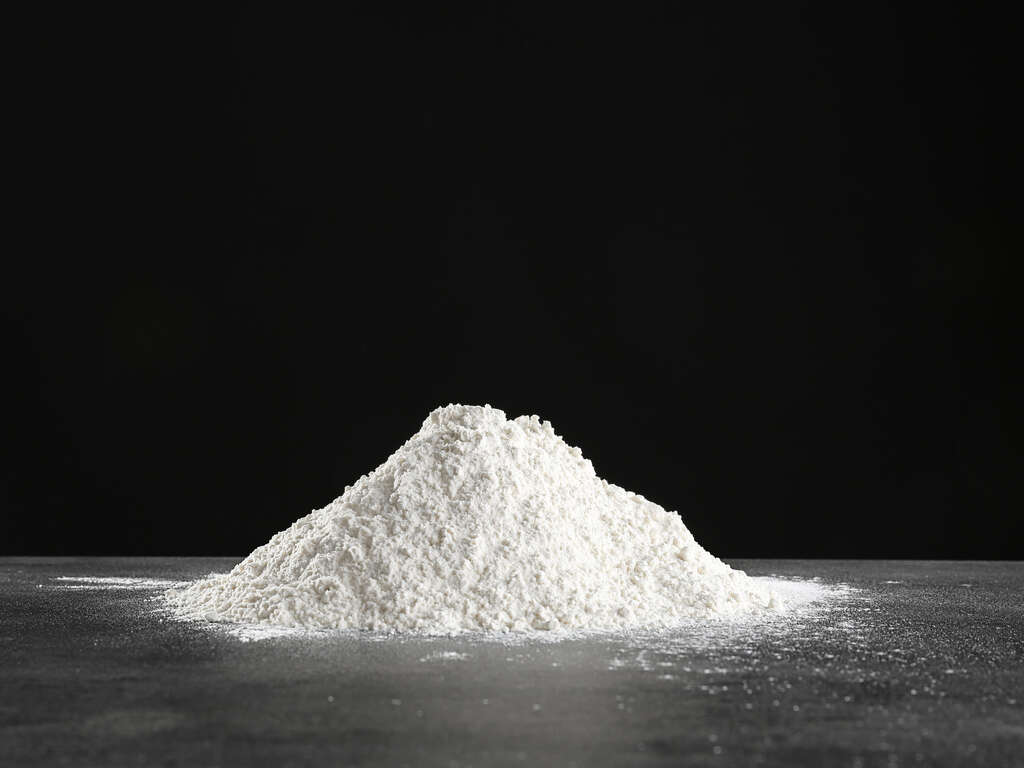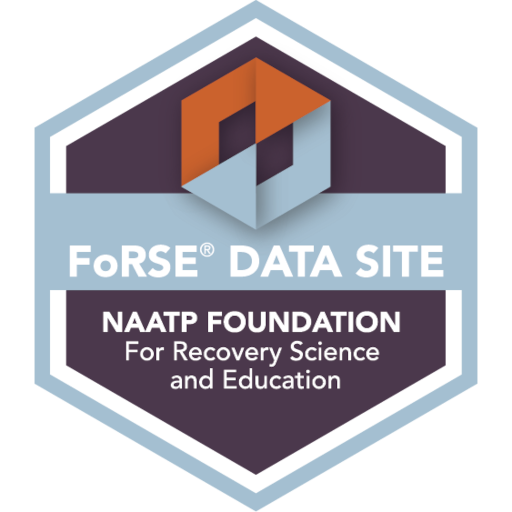Cocaine is a powerfully addictive stimulant drug that increases alertness, focus, and energy. It is produced from the coca plant native to South America, where, for thousands of years, people have chewed the plant’s leaves for its stimulant effect.
Cocaine may have some legitimate medical purposes, but illegal recreational cocaine use often leads to abuse or addiction.
Types of Cocaine
Cocaine can come in the form of a powder (cocaine hydrochloride) or a rock crystal (crack).
Cocaine Hydrochloride
Cocaine hydrochloride is a fine white powder with a bitter, numbing taste. Street dealers may mix cocaine powder with other substances such as cornstarch, talcum powder, flour, baby laxative, or baking soda to increase profits.
In the medical field, it may be used as a numbing agent prior to surgeries involving the nose, mouth, or throat
Crack Cocaine
Cocaine that comes in the form of rock crystals is called crack because it makes a crackling sound when heated. It can range in color from white or cream to clear with a pink or yellow tone.
Crack is often heated in a glass pipe to produce vapors that are inhaled by the user.
Drug Abuse and Use of Cocaine
Although health care providers can administer cocaine for valid medical purposes such as local anesthesia, sale of the drug for recreational use is prohibited and it is listed as a Schedule II drug because of the potential for abuse and addiction.
Snorting Cocaine
Cocaine is popular as a street drug often sold in a crystal powder form which is then snorted through the nostrils or rubbed onto the gums of the mouth.
The drug may also be mixed with other drugs such as procaine, stimulant amphetamine, or synthetic opioids like fentanyl. This can be extremely dangerous to the user and may cause overdose deaths.
Smoking Cocaine
Smoking cocaine produces a vapor that is breathed into the lungs, creating an extremely rapid high that is powerful and addictive. The euphoric sensation lasts several hours.
The combustion of powder cocaine at very high temperature can cause considerable breakdown of the drug and produces a strong, acidic, and foul-smelling smoke.
Smoking freebase coke, a mixture of powder cocaine containing crystalline rock crystals, is another popular way to take the drug. Freebase coke is made by adding ammonia to a cocaine/water mixture and creating a white, milky precipitate.
Crack can also be smoked by being sprinkled on cannabis or tobacco.
Injecting Cocaine
Cocaine users may also dissolve the powder in water and inject it into their bloodstreams with a needle. Injecting a mixture of cocaine and heroin is called a Speedball, the drug use responsible for the death of comedian John Belushi.
Sharing needles used in this manner can put a person at a higher risk for HIV/AIDS or hepatitis.
Effects of Cocaine Use

Short-term effects
Some people find cocaine helps them to accomplish simple tasks quicker, while others have the opposite reaction.
Cocaine has almost immediate effects in anywhere from a few minutes to a couple of hours. How long the effect lasts depends on the usage method.
Injecting or smoking cocaine produces a longer-lasting high. The high from swallowing cocaine lasts between 10-30 seconds. Inhaling the vapor can result in a high of about 10 minutes.
Some common short-term effects of cocaine are:
- Irritability and paranoia
- Sensitivity to sight, sound, and touch
- High blood pressure and palpitations
- Nausea and loss of appetite
- Restlessness
- Constricted blood vessels
- Dilated pupils
Long-term effects
Some long-term effects of cocaine include:
- Loss of smell, nosebleeds, and damage to the nasal cavities
- Asthma and lung damage
- Headaches, convulsions, and seizures
- Heart disease, heart attack, and stroke
- Mood problems
- Bowel decay if ingested orally
Cocaine Addiction
According to the National Institute on Drug Abuse (a part of the National Institutes of Health), cocaine affects the brain by increasing the levels of dopamine, a natural chemical messenger in the brain’s reward circuit. Unlike natural dopamine, cocaine use causes a buildup of the chemical between nerve cells and interrupts normal communication.
Elevated levels of dopamine create feelings of intense pleasure and increased energy, leading to an increased desire to use more of the drug. More frequent doses of cocaine, in turn, cause a higher tolerance and the need for larger doses to achieve the same results.
Cocaine dependency can occur after very short time of regular cocaine use. Cessation of cocaine consumption can lead to withdrawal symptoms including depression, anxiety, fatigue, difficulty concentrating, and strong cravings. Other withdrawal symptoms include hunger, chills, nerve pain, and muscle aches.
Overdose is Dangerous
Cocaine overdose can be extremely dangerous. Mixing it with other drugs such as opium and heroin is also hazardous. Many cocaine users also drink alcohol, a combination that can cause a fatal overdose. .
Overdoses can cause serious adverse health effects such as tremors, heart attacks, strokes, and death.
Signs of overdose may include increased body temperature, sweating, increased heart rate, chest pain, trouble breathing, nausea or vomiting, and seizures or tremors. Additional signs include anxiety, panic, paranoia, and hallucinations.
Treatment for Cocaine Addiction
Research is ongoing, but there is no known medication for treating cocaine addiction. Therapeutic counseling remains the best course.
Once a person has completed detoxification, counseling–sometimes at an inpatient rehabilitation center–can help treat cocaine addiction. Individual and group sessions with trained therapists help modify thinking habits that lead to drug use.
Counselors can also help a patient create a continuing care plan for a successful continued recovery.
La Hacienda Treatment Center
Since 1972, La Hacienda Treatment Center has helped people recover from drug and alcohol addictions. Our 40-acre residential treatment campus in the Texas Hill Country provides a calm and peaceful atmosphere suitable for healing and starting recovery from substance abuse.
We believe in a team approach to meet our patients’ physical, emotional, social, and spiritual needs. Our onsite medical and clinical staff work together to provide patients with professional rehabilitation and a therapy plan unique to each patient.
Dedicated licensed nurses are present 24/7, delivering quality care throughout the treatment program. Licensed, caring counselors meet daily with patients to evaluate their progress and plan post-recovery options.
If you or someone you know is looking for help with addiction, call (800) 749-6160 to talk with one of our on-site admission specialists.

Stimulants
Stimulants are a class of drugs that increase activity in the central nervous system and speed up the body’s systems. Common stimulant drugs are cocaine, amphetamine, and methamphetamine .

Methamphetamine
Methamphetamine (meth) is a highly addictive central nervous system (CNS) stimulant made from amphetamine and other drugs. Commonly referred to as “meth,” it can be prescribed to treat obesity and ADHD.

Ritalin
Ritalin is medication used to treat attention deficit hyperactivity disorder (ADHD). It is classified as a central nervous system stimulant and affects chemicals in the brain related to hyperactivity and impulse control.

Adderall
Adderall is the brand name medication used to treat attention deficit hyperactivity disorder. It contains a combination of the drugs amphetamine and dextroamphetamine. Students also often use it to help them stay awake and focus on their studies. Adderall is legal if prescribed by a doctor.




